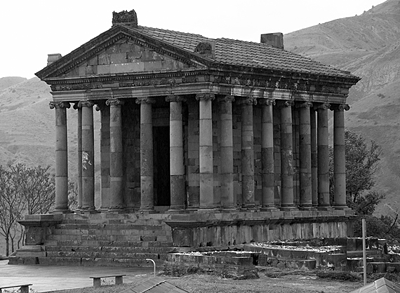April 2008 (112.2)
Article
Making Nations from the Ground Up: Traditions of Classical Archaeology in the South Caucasus
Building on the incipient institutions of the Russian empire, the Soviet Union produced the largest school of classical archaeology beyond the Euro-American academy. This article presents the intellectual history of classical archaeology in one part of this vast Russo-Soviet sphere, the South Caucasus. Although sharing a common historical framework with the discipline as practiced in the West, classical archaeology in the South Caucasus was founded and developed on rather different grounds. This paper probes the beginnings, and subsequent institutionalization, of antichnaia arkheologiia, or ancient archaeology, from the 19th century until the present, providing a regional account in the decades before World War II, followed by a more focused analysis of developments in the Republic of Armenia in the subsequent decades. The purpose of this historical anthropology of the discipline is twofold: to detail the workings of an archaeological tradition in a part of the world that, since the collapse of the Iron Curtain, increasingly has become an area of interest to Western scholars; and to denormalize our own disciplinary culture and consider what (if any) lessons might be learned from a classical tradition alternative to the one in which Western scholars have been enculturated.
